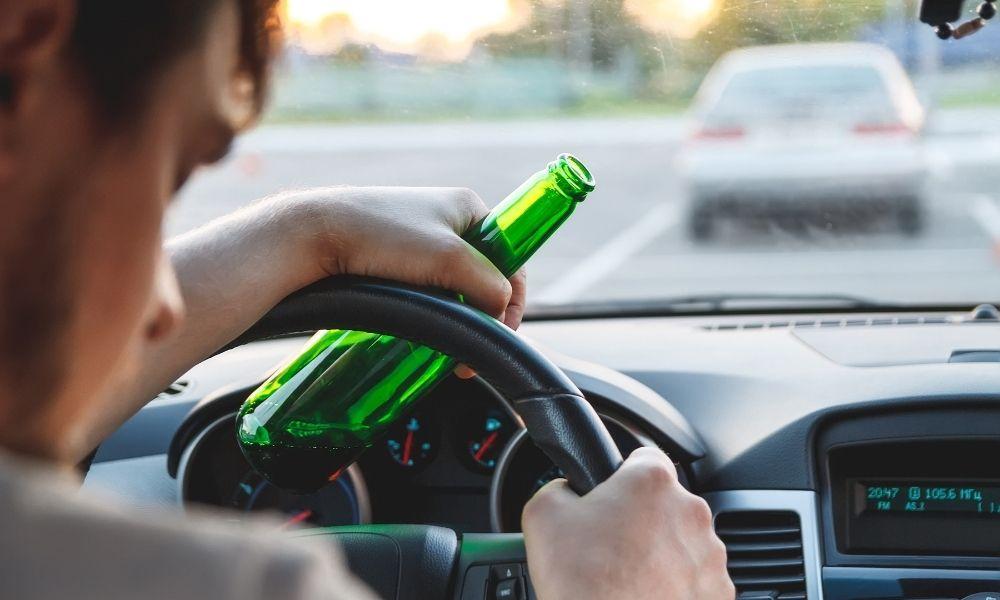Autonomous vehicles, also known as self-driving cars, are no longer a futuristic idea but a reality. These cars are equipped with advanced sensors, cameras, and artificial intelligence technology to enable them to navigate roads and traffic without human intervention. While these vehicles promise to revolutionize the transportation industry, they also raise questions about their impact on traffic laws.
Changes in Traffic Rules and Regulations

One of the most significant implications of autonomous vehicles on traffic laws is the need for changes in existing rules and regulations. For example, current traffic laws require drivers to keep their hands on the steering wheel and eyes on the road at all times. However, with self-driving cars, there are no drivers, and passengers can engage in other activities such as reading or watching a movie. As such, traffic laws must be updated to accommodate these changes.
Furthermore, autonomous vehicles are designed to follow traffic rules and regulations to the letter, making them less likely to speed or break other traffic laws. This could lead to a reduction in traffic accidents and fatalities, but it could also result in lower revenue for municipalities from traffic violations such as speeding tickets. As such, traffic laws and regulations may need to be revised to account for the changing landscape of autonomous vehicles.
Impact on Insurance and Liability
The rise of autonomous vehicles also raises questions about insurance and liability. In traditional car accidents, drivers are typically held responsible for any damages or injuries caused. However, with self-driving cars, the responsibility may shift to the vehicle manufacturer or software provider in the event of an accident. This could have significant implications for the insurance industry and could lead to disputes over who is liable for accidents involving autonomous vehicles.
As a result, insurance policies may need to be revised to account for the unique risks and liabilities associated with autonomous vehicles. For example, insurance companies may need to offer policies that cover software malfunctions or cybersecurity threats that could cause accidents.
Impact on Pedestrians and Cyclists
Autonomous vehicles may also have an impact on how pedestrians and cyclists navigate roads and intersections. For example, self-driving cars may be programmed to prioritize the safety of passengers over pedestrians or cyclists in the event of an unavoidable accident. This could raise concerns about the safety of vulnerable road users, and traffic laws may need to be revised to protect them.
Additionally, self-driving cars may have difficulty interpreting hand signals or other nonverbal cues from pedestrians or cyclists. As such, infrastructure changes may be necessary to ensure that autonomous vehicles can safely navigate roads alongside pedestrians and cyclists.
The rise of autonomous vehicles has significant implications for traffic laws and regulations. As self-driving cars become more prevalent, policymakers and lawmakers must work together to update existing laws and regulations to account for the unique challenges presented by autonomous vehicles. Additionally, the insurance industry must adapt to the changing landscape of autonomous vehicles to ensure that they can adequately cover the risks and liabilities associated with self-driving cars.




